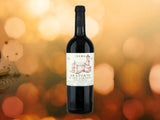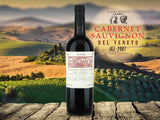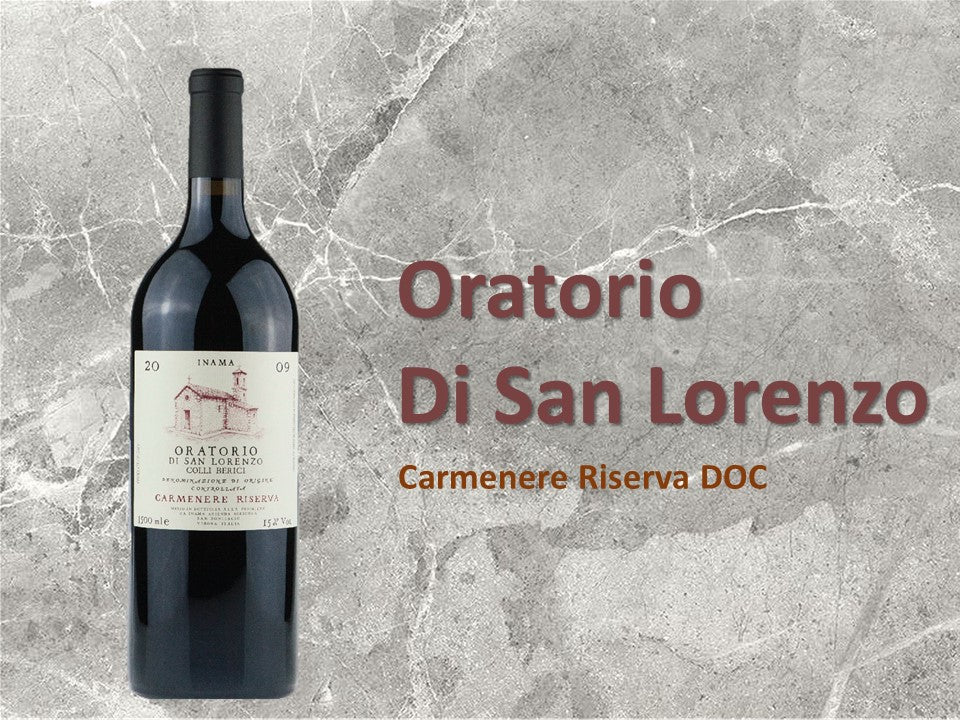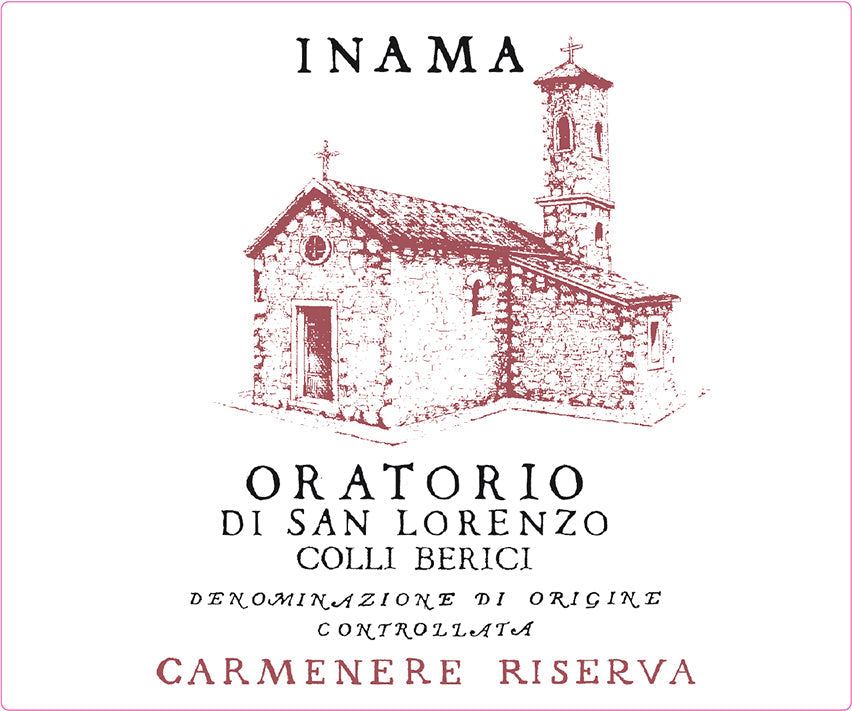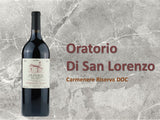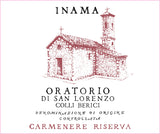| Regions: Italy- Veneto | Ratings: DOC |
| ABV: 15% | Decanting Time: At least 45-60 minutes |
| Winery: INAMA | Grapes: Carmenere100% |
| Food Pairing: It goes well with grilled or smoked pork, braised pork knuckle, lentil spaghetti, and traditional Italian dishes like Braised Achyranthes and Salami. | |
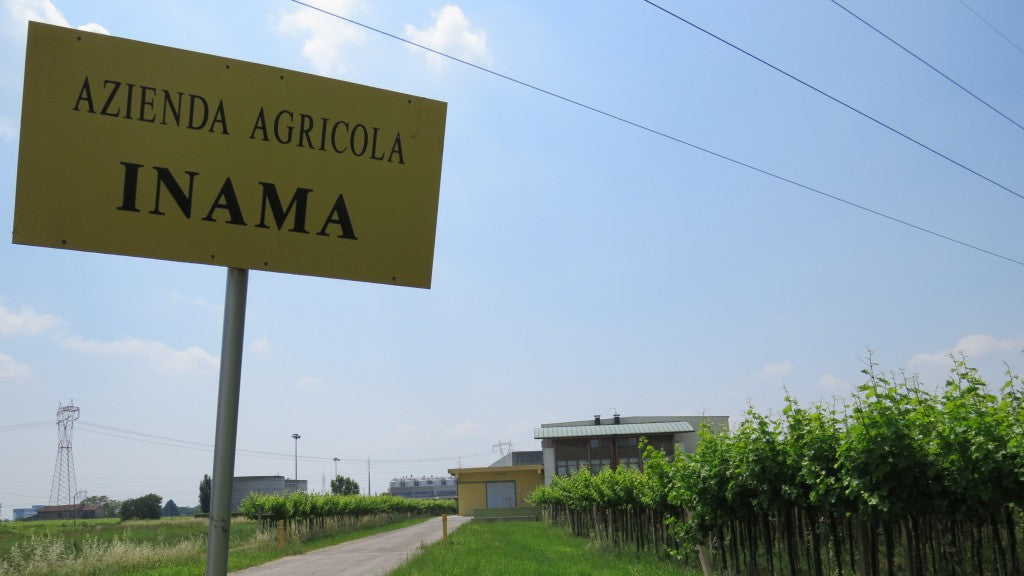
Inama
The walled city of Soave in the Veneto region is the source (and namesake) of one of the great classic Italian white wines. The town dates from Roman times, and so does the winemaking tradition. The Romans were big fans of minerally, floral wines like those of Soave. The Garganega grapes, that for many centuries have produced Soave wines, come mainly from vineyards in the hills that rise behind the town and march northwestward toward the eastern Valpolicella. This area is now known as Soave Classico and is still the source of the best wines of the denomination due to the hills’ volcanic soils.
Leaving Soave through the Porta Aquila—the north gate of the city’s 14th-century walls—a walk of a mile and a quarter (including a climb of about 500 feet) leads to the top of Mount Foscarino, a dormant volcano now covered with grapevines. In the 1960s, Giuseppe Inama began buying up small vineyard plots on this peak in the heart of the Soave Classico zone, and as a result, the Inama winery today owns most of the vineyards on Mount Foscarino. Giuseppe Inama saw the great potential of these old, traditional vineyards at a time when others were more intent on producing larger quantities in the plains for inexpensive exports. His son Stefano, who took over the winemaking duties in 1992, has continued to work tirelessly to realize the potential of these vineyards, working with some of the very best vineyard management consultants in the world to get Inama’s vineyards into the best possible shape.
Near the top of the hill is a large wooden platform with a 270-degree panoramic view to the south and east. To the right at a distance, it is easy to spot the crenelated walls and towers of Soave Castle as it keeps watch over the town. In the foreground are Inama’s tidy vigneti di Foscarino (Foscarino vineyards). And to the left, over the vineyards and across a broad valley, are a set of hills that are the home of Inama’s other project. These hills—the Colli Berici—is composed of iron-rich terra Rossa, a soil type that is prized worldwide as being ideal for growing red winegrapes, and indeed this is where Inama gets its red wines.
Carmenere is a historic grape variety native to Gironde, France.
Carmenere is very vigorous and can grow in poor soils such as sandy soils. Its fruit particles are small and dark blue in color. Carmenere yields are low due to poor fruit set and root infections. The wines made with Carmenere are deep in color, full-bodied, and of high quality.
Carmenere produces wines with distinct green pepper and herbal flavors. If picked just ripe, the wine will have red berry, black pepper, and tomato flavors. If the grapes are fully ripe when picked, the wine will have aromas of blackberry, blueberry, chocolate, and coffee.



Veneto - the most famous of the 3 major producing regions in northeastern Italy
Veneto is a substantial and increasingly important wine region in the northeastern corner of Italy. Administratively it forms part of the Triveneto zone, along with its smaller neighbors Trentino-Alto Adige and Friuli-Venezia Giulia. In terms of geography, culture, and wine styles, it represents a transition between the alpine, Germano-Slavic end of Italy and the warmer, drier, more Roman lands to the south.
Veneto is slightly smaller than Italy's other main wine-producing regions – Piedmont, Tuscany, Lombardy, Puglia, and Sicily – yet it generates more wine than any of them. Although the southern regions Sicily and Puglia were for a long time Italy's main wine producers, this balance began to shift north towards Veneto in the latter half of the 20th Century. In the 1990s, southern Italian wine languished in an increasingly competitive and demanding world, while Veneto upped its game, gaining recognition with such wines as Valpolicella, Amarone, Soave, and Prosecco.
With fruity red Valpolicella complementing its intense Amarone and sweet Recioto counterparts, Veneto is armed with a formidable portfolio of red wines to go with its refreshing whites, such as Soave and sparkling Prosecco. Although much of the new vineyard area that supported Veneto's increased wine output was of questionable viticultural quality, today more than 25 percent of the region's wine is made and sold under DOC/DOCG titles.

Payme, FPS, Alipay, and WeChat Pay are also available.
(including Hong Kong, Kowloon, New Territories urban areas, and Discovery Bay are free, other remote areas are negotiable)
9am - 1pm
1pm - 6pm
6pm - 10pm
For mainland orders, please place an order first, then we will arrange another quotation for the goods and transportation.





